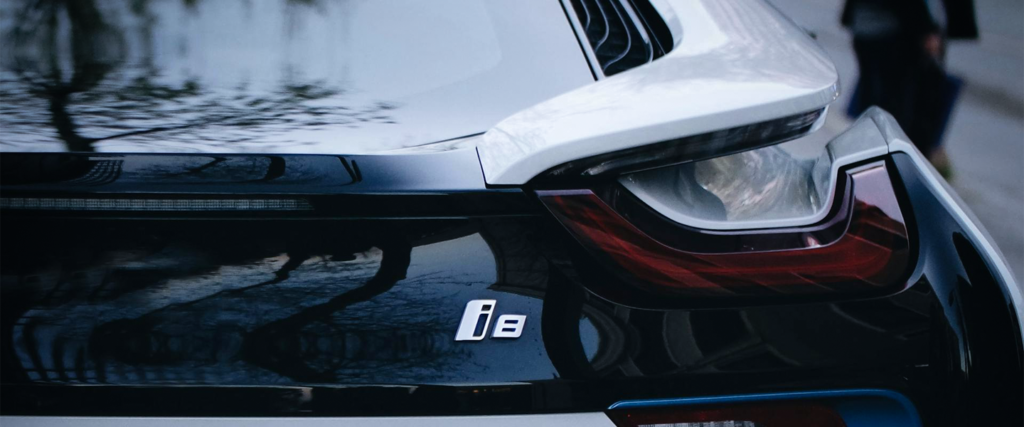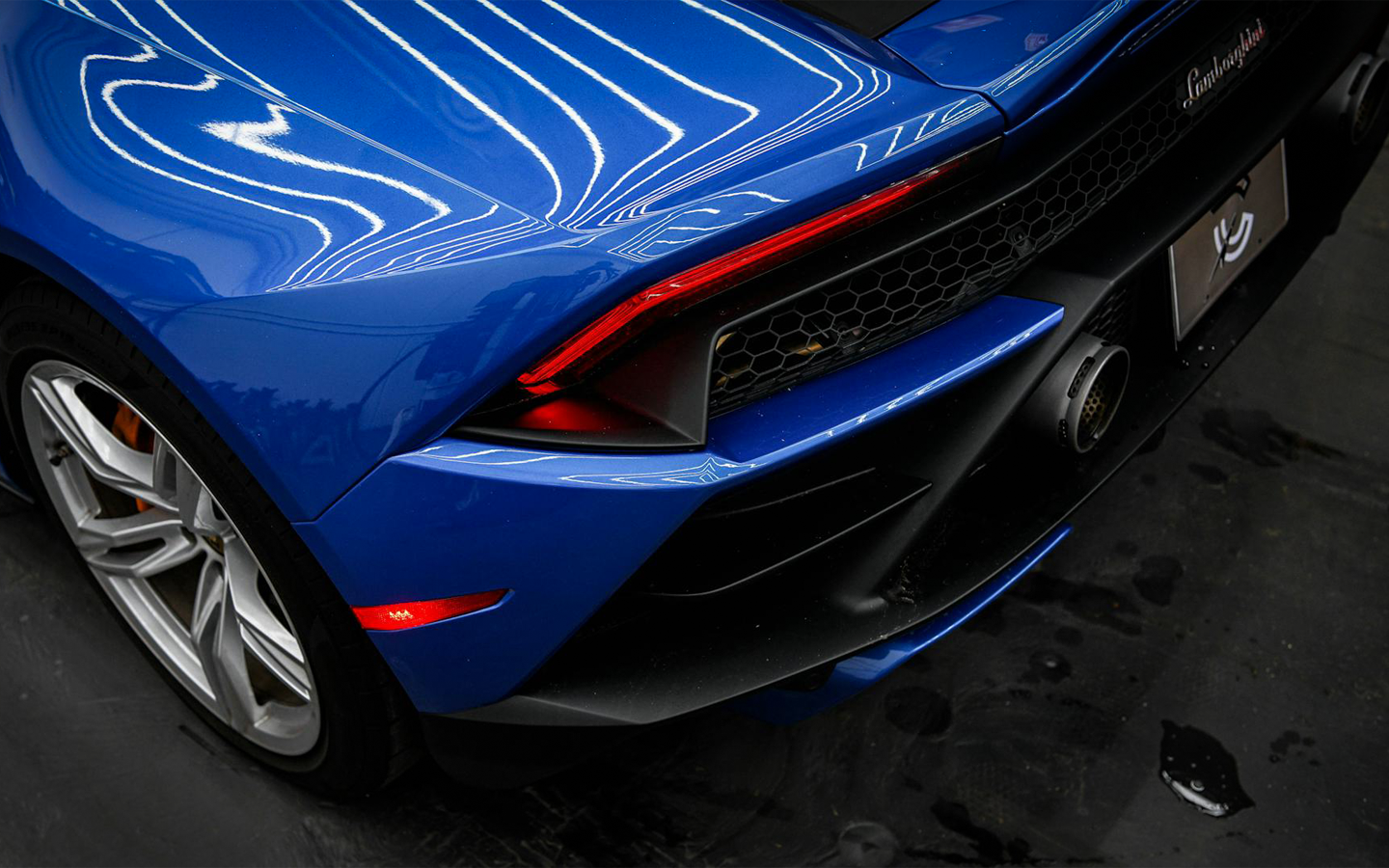Exploring the Future of Laser Cutting in the Automotive Industry
Laser cutting is a technology that has revolutionised many industries, and its use in the automotive industry has therefore become a key part of the manufacturing process. Thanks to its precision, efficiency and automation capabilities, laser cutting is becoming an indispensable tool in the creation of vehicle components. Therefore, below we take a slightly closer look at what the future of this technology looks like in the automotive context and what innovations are on the horizon.
Laser cutting in automotive: Rapid development of the technology.
The automotive industry has always sought to increase production efficiency, reduce costs and increase quality. In this context, laser cutting has proven to be a technology that perfectly meets these needs. Indeed, traditional material processing methods such as stamping or milling are giving way to precision laser cutting. This process involves the precise cutting of materials using a laser beam that is controlled by advanced computer systems.
One of the main strengths of this technology is the ability to work on a variety of materials – from stainless steel to aluminium to plastics. This versatility means that the laser cutting automotive industry can be used to produce a variety of vehicle components, such as frames, bodies or interior components. Moreover, with the laser, not only can precise shapes be achieved, but also smooth edges, eliminating the need for additional machining.
Automation and productivity: key benefits for industry.
Automation of laser cutting processes opens the door to further production optimisation. The automotive industry, which relies on mass production, requires technology that is fast, precise and repeatable. Laser cutting automotive industry, with its ability to integrate with industrial robots and production management systems, meets these requirements.
Laser cutting also makes it possible to automate processes such as quality control or packaging. Through the use of computer systems and sensors, it is possible to continuously monitor the accuracy of the cut, which significantly increases the quality of the final product. This means fewer errors and less risk of defective components.
Laser cutting and the development of electric vehicles.
The future of motoring is not only about internal combustion vehicles, but also, and perhaps especially, about electric vehicles. The growing popularity of electric cars, however, requires new production technologies, and laser cutting plays a key role here. The structural components of electric cars, such as batteries or electronic modules, must be manufactured with high precision. With laser cutting, manufacturers can create more advanced, lightweight and robust components that affect the performance and range of electric vehicles.
Electric cars, due to their design, often require lighter materials, which poses new challenges for cutting technology. Aluminium, magnesium alloys or composites – all of these materials are more difficult to process with traditional methods. The laser copes with them without difficulty, while enabling fast and precise cutting with minimal impact on the material’s structure.

Innovations in laser cutting.
The laser cutting automotive industry is constantly evolving and its future in the automotive industry looks promising. New technologies, such as 3D laser cutting, make it possible to create even more complex and precise shapes. This is particularly important for body components or interior parts, which have to meet strict safety and aesthetic standards.
Another innovation is the introduction of more powerful lasers, which are able to cut through thicker materials in even less time. This allows for increased production efficiency and cost reduction, which is crucial in the mass production of vehicles.
It is also worth mentioning the developing laser cutting technology using mobile robots. In the near future, it will be possible for laser cutting systems to be installed on autonomous robots that can work continuously, in different parts of factories. This solution will further increase the flexibility and efficiency of production.
Environmental benefits of laser cutting.
The automotive industry is currently facing the challenge of reducing CO2 emissions and minimising the environmental impact of production. Laser cutting, with its precision and efficiency, can contribute to reducing production waste. Traditional processing methods often generate large amounts of residual material that must be disposed of. With laser cutting, the amount of waste is minimal, which has a positive impact on the environment.
In addition, the process requires less energy compared to other processing methods, further reducing the carbon footprint of automotive factories.
Photo by jae p: https://www.pexels.com/photo/lamborghini-huracan-27982157/
Photo by Burak The Weekender: https://www.pexels.com/photo/white-and-black-car-parked-86993/



